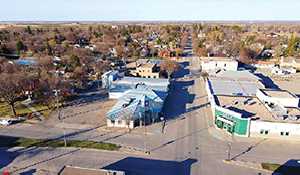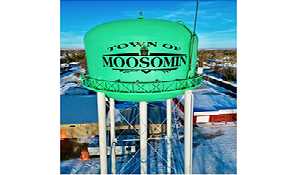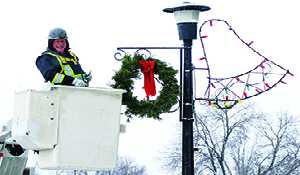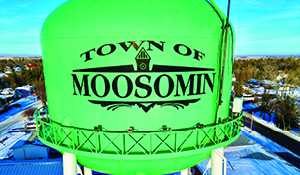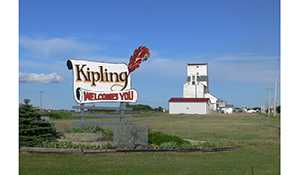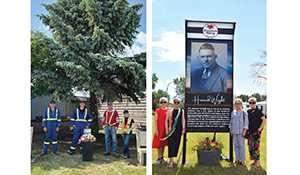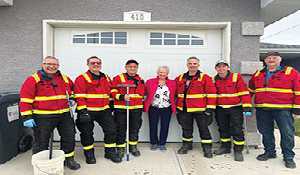Highways Minister says Highway 8 slated for reconstruction
Design work taking place now for Highway 8 between Moosomin and Rocanville
May 13, 2024, 10:24 am
Kevin Weedmark and Ashley Bochek
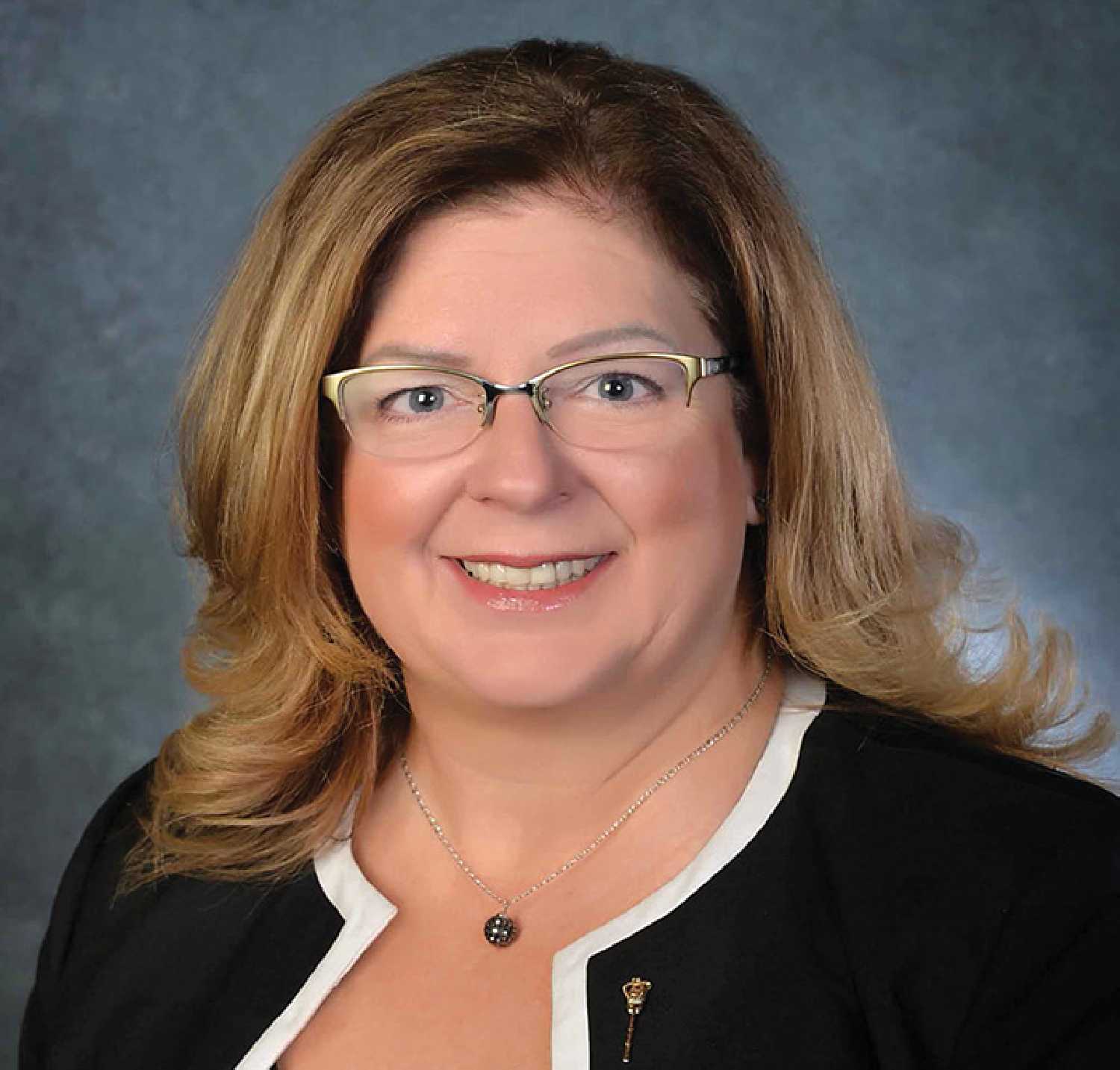

Highway 8 in southeast Saskatchewan has been named the worst highway in Saskatchewan because of the potholes in CAA’s Worst Roads contest, and Highways Minister Lori Carr told the World-Spectator repairs are on the way.
We spoke with Minister Carr Thursday and the full interview follows.
We see now that there’s patching going on between Moosomin and Rocanville and work is starting on resurfacing the Nutrien mine road but can you tell us what the full plan is for Highway 8 in our region?
Sure, so the Ministry of Highways continues to work on the design for the reconstruction of Highway 8 between Moosomin and Rocanville. The project has been identified as a priority and it is part of our plan. No firm costs are available for the reconstruction project on Highway 8 between Moosomin and Rocanville as design options are still being evaluated, but as weather and seasonal conditions allow, the Ministry of Highways will perform the ongoing maintenance to this segment of Highway 8 until the reconstruction project occurs.
We do know that people are anxious for this so we appreciate that people are being patient and understanding while this work is happening.
On-road construction recently began, as you just mentioned, for an improvement project on Highway 8 northeast from Rocanville to the Nutrien Potash Mine. This 14.6 kilometer-long project is estimated to be approximately $15.1 million.
That’s an investment that the Saskatchewan government will make and it’s anticipated to be completed before the year is over, of course pending contractor progress and weather. All of the gravel for that project was crushed over the winter.
So is the design work underway now for the reconstruction of Highway 8 between Moosomin and Rocanville? Is that taking place now?
Yes, they’re evaluating all of that right now.
What sort of timeline is there for that process?
You know, we don’t have a timeline right at this point in time because we have to look at what our capital plan looks like next year—it’s more of an ongoing plan. So it’s next year and the year after and see how projects all fit in. It’s based on the condition of the road and all of those factors that come into play, but we already know that this one does need that work done.
Highway 9 north of Whitewood has also made the top 10. Do contests like this and the awareness they raise make any impact on project approvals?
While we appreciate and value the work that goes into the CAA Worst Roads Campaign and the feedback that it does generate, the Ministry of Highways doesn’t prioritize their list based on that, but the factors that we do consider when making investment decisions include safety, traffic volume, truck traffic, impact on the economy, projected growth, stainability and possible partnerships with surrounding RMs. So that’s how we determine that.
So what are your thoughts when you see the results of the CAA Worst Road contest? You said you don’t base your decisions around it, but do you look at the feedback and take it into consideration?
We have our items that we take into consideration when the Ministry of Highways does prioritize the road, but you know just as an individual when I see concerns like that, it does highlight it a bit. Then I, myself, will ask the Ministry, if it’s not on our radar, to tell me more about the section of the road.
How does the Ministry prioritize highway repairs and resurfacing when there are projects all across the province that are important to the people in those areas?
We have our factors we take into consideration when we prioritize those projects. Sometimes projects can evolve and adjust from year to year depending on if circumstances change as we do all of those evaluations from year to year.
How has the province’s investment into highways changed over the years?
We’ve made significant investment into our highway system under this provincial government. I would call them record investments. We actually invested $13 billion since 2008 and that has improved 20,700 kilometers of highways across the province. We have a 10-year plan of 10,000 kilometers over 10 years so approximately 1,000 kilometers per year. We are in year five and we’re already at about 5,600—so well on track to meet that growth plan goal.
What are the challenges that the government faces in getting all of the repairs done that are needed on highways across the province?
Now that’s a great question. Our road network is the largest in Canada on a per capita basis and it actually consists of 26,455 kilometers of provincial highways.
So we do take that strategic approach to maintain the existing roads and build new infrastructure to support and keep pace with Saskatchewan’s growing population and economy, and of course weather can also play a factor as to how much work can get done in any given construction season.
So what’s your favorite part of the highways job? You probably meet with a lot of people who tell you that their highway needs fixed tomorrow, what’s the rewarding part of it?
The rewarding part is when you can tell them, ‘You know what, it’s on the plan and this is when we’re going to get it done.’ That makes people really, really happy. But honestly, when I go out and I visit with people and I sit in their council rooms and talk to the people that are really involved in their communities—it’s just getting to know them because they really care about what is happening and what is happening in their communities. So that’s my favorite part—meeting people.























